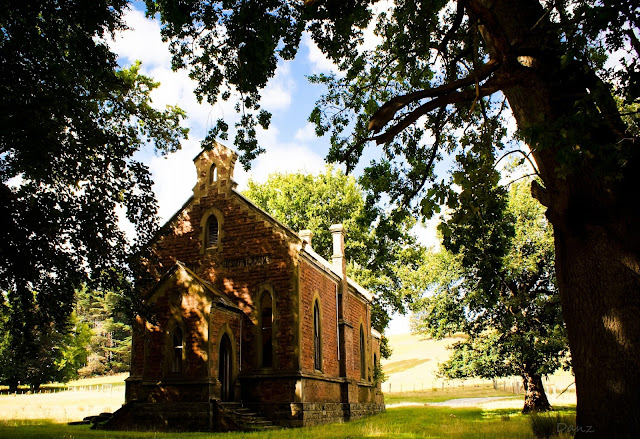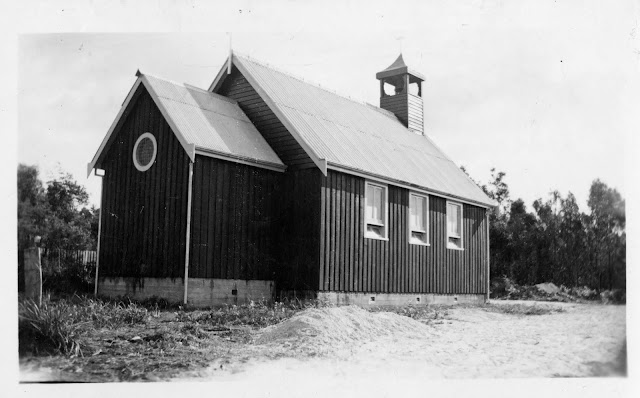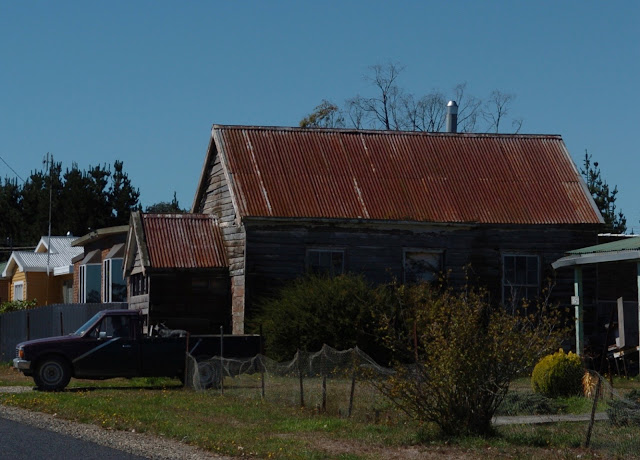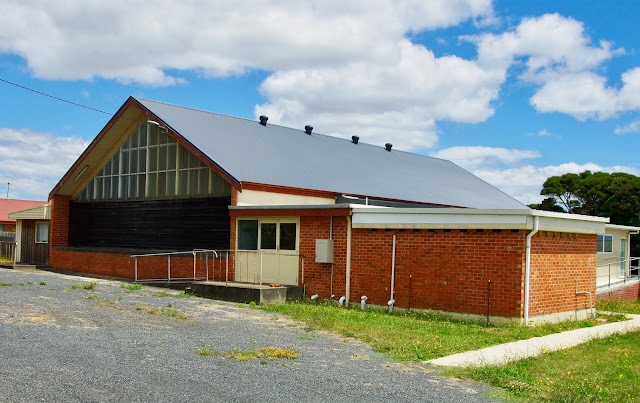No. 343 - Henry Reed's Chapel at Mountain Villa - "Very Gently and So Sweetly"

Wesley Dale, near Chudleigh, is located on land granted to Lieutenant Travers Hartley Vaughan in 1829. In 1837 he sold his property ‘Native Hut Corner’ to Henry Reed, a successful businessman and devout Wesleyan. Reed named the property WesleyDale, after his spiritual leader. He extended the house and built a church. In the 1870’s Reed built a large ‘summer home’ and another church on the property which he named Mountain Villa. His first residence then became known as Old WesleyDale. The church featured in this article is the second built by Henry Reed and is located close to Mountain Villa. Henry Reed was one of Tasmania’s leading businessmen, bankers and philanthropists. He was also an ardent evangelist who made a significant contribution to the Christian cause in Australia and in Britain. Henry Reed was born in Doncaster, England, in 1806. At the age of 20 he sailed for Hobart arriving in April 1827. From Hobart he walked to Launceston, a distance of 120 miles. Re...






